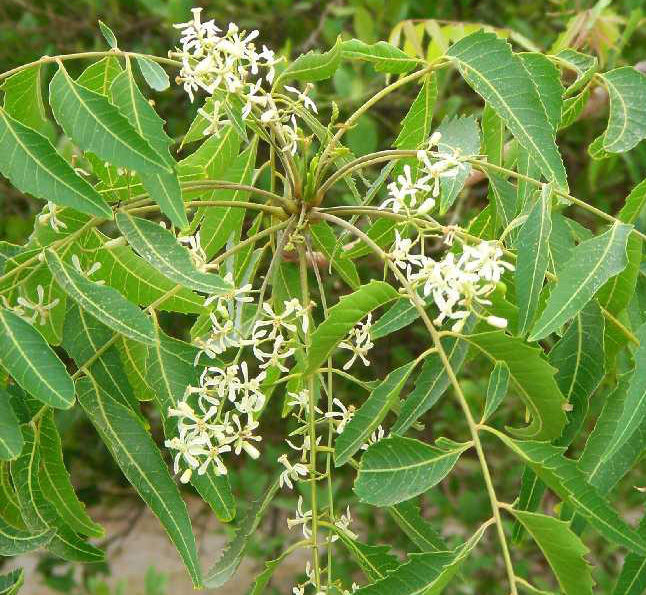Flies and Oils
- Gaelann East

- Jun 17, 2018
- 3 min read
Many Biting Insects come in many varieties.


The female midge for example bites the host for a blood meal before laying her eggs.
Midges love warm humid weather, wet ground and indirect sunlight of dawn and dusk. They can be a real nuisance and difficult to swat. So, sitting in the direct sun with a fan on will keep the midges at bay but watch out for the sunburn.
Dark coloured clothing is preferred by biting insects, so this gives you a good excuse to brighten up your day and evening wear. But unless you want to wear a head to toe boiler suit with elasticated tight cuffs and a bobble hat with mesh covering your face you may be looking at other alternatives like essential oils as your fly repellent options

We naturally excrete waste products through our skin and this attracts biting insects but you can also try eating to reply flies with scents they find unpleasant.
Biting insects hate odours and flavours that are similar to yeast. Which explains why we see recommendations of marmite as a fly repellent. Personally, can’t stand the stuff!
Foods high in B1 (scented like yeast) include brewer's yeast and you will see this often suggested for allergies and bites
Garlic is not only used against vampires. The smell of it on your breath and skin can act as a biting insect repellent.
Don’t fancy eating to repel what about strings of garlic or burning scented candles.
There are quite a few fly catcher options on the market and with Equine Innovations we have recently tried and tested the HorseFly Glue
We would rather not use a DEET based repellent, so we look to Essential Oils on our yard.
You will find loads of lotions and potions on offer to drink, eat, rub on, spray on, or hang up
If you don’t fancy the idea of a homemade fly catcher with a sweaty sock there are many options and instructions on how to make homemade repellent sprays
Start with a Base mix / Carrier some suggest vinegar or teabags or water or Witch hazel, I have even seen vodka given as an option.
Then add your oils mix and spray.
There are a some oils that are commonly used which we thought we would introduce you to.
Many have fabulous antibacterial and antifungal properties.

Citronella has a strong lemon like smell used to repel mosquitos
but be careful in high wasp populations

Lavender has a rich floral smell and different to most oils as you can use it neat on your skin.
An oil great to rub on a bite area as an anti-itch, antiseptic.
Remember Lavender is a Bee favourite.

Catnip belongs to the mint family
But be careful around cats, they may start chasing and licking you.

Neem is very pungent with a yeast like smell and widely used in organic farming

Eucalyptus and Lemongrass are useful repellents for moths

Peppermint has been known to help repel ants at picnics

Tea Tree is a powerful antiseptic and you can rub into your hair and around your neck to work as a repellent with is pungent smell
Often seen in shampoo

Cloves have an odour disliked by House flies
A combination scent of earthy, spicy
Often used for toothache

Rosemary left as the whole planted herb we use this around the chicken coops.

Cedar has a Smokey scent also known for its use with meditation

Geranium is a plant you often see gardeners using to ward off unwanted insects.
Often used as a natural deodorant.
There are many options open for you to follow the natural organic path to fly control these are just a few of our favourites we have listed
For more fly control options have a look in the Equine Innovations shop
Follow us on Facebook at The Orchard Holding and Wacky Adventures Team Page
If you have any fly tips and tricks why not drop us a review at our Facebook Group Equestrian and Rural Lifestyle Reviews and Recommendations
Comments